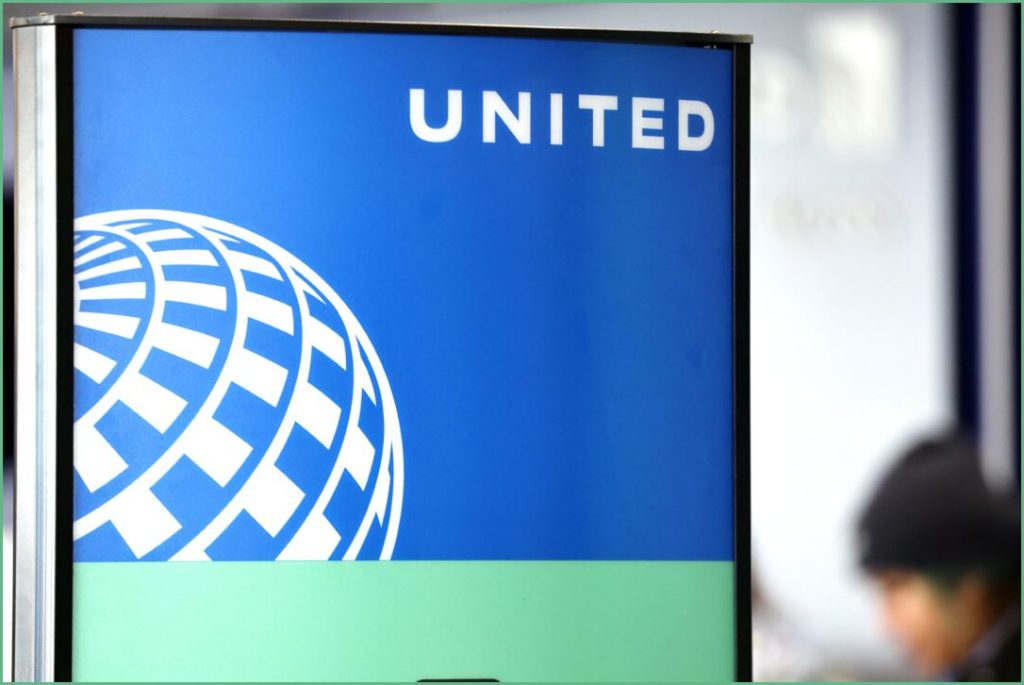A United Airlines jet clipped the tail of another United aircraft while taxiing to its gate at Chicago’s O’Hare Airport, airport officials said Friday. The contact happened during ground movement and prompted an immediate response from ground crews who checked both planes for visible damage.
No injuries were reported and the 113 passengers on Flight 2652 from Jackson Hole, Wyoming were allowed to disembark after a delay, United said. Airline staff and crew moved through routine safety steps to make sure passengers could leave the aircraft normally.
United issued a brief statement confirming the incident and noting that everyone on board was safe, adding that normal protocols were followed. Officials did not immediately say whether either aircraft would be taken out of service pending further inspection.
Ground teams examined tail sections and surrounding areas to look for dents, scrapes, or structural concerns, and logged their observations in maintenance reports. Those records will guide any needed repairs or part replacements before either plane returns to scheduled service.
Chicago O’Hare maintained overall operations during the response, and disruptions were largely limited to the gate where the two aircraft contacted one another. Passengers on the affected flight experienced the typical inconveniences of a delay, while airport staff worked to keep movements orderly as checks proceeded.
Incidents that occur on the ground are usually resolved faster than in-flight events, but crews still treat them with the same safety-first approach used across the industry. Routine follow-up often involves detailed inspections, logbook entries, and reviews by airline safety officers to confirm airworthiness.
Airport and airline representatives said next steps include compiling maintenance documentation and reviewing taxiway procedures to determine whether any adjustments are needed to prevent future contact. Such reviews can range from small changes to ground routing to refresher training for staff and equipment operators, depending on what investigators find.
Passengers described deplaning as orderly and efficient, with flight attendants and gate teams assisting travelers while mechanics worked on the planes. No medical assistance was required and travelers were given information about their options following the delay.
The incident underscores that even low-speed contacts on the ground prompt formal inquiries and careful record-keeping because aviation safety relies on attention to detail. Airlines use these post-event checks to catch anything that might not be immediately obvious and to maintain strict compliance with maintenance standards.
For travelers affected by Flight 2652 and nearby departures that day, the carrier’s customer service channels provided updates about rebooking and schedules as staff addressed the situation. Airport officials and the airline said they will share any further information as inspections conclude and findings are reviewed.
Investigators will review communications, markings, and the sequence of taxi instructions to understand how the contact occurred. Even small misalignments during taxi or shifts in towing equipment can lead to incidental contacts that then go into official safety logs.
Aircraft manufacturers and airlines keep repair manuals that define when a plane can return to service, so maintenance crews follow those checklists closely after any contact. That process helps make sure hidden stress or alignment issues are identified before the aircraft is cleared for another flight.
While incidents like this rarely cause injuries, they highlight the complexity of busy airports and the many moving pieces that must coordinate precisely. Transparency from carriers and prompt inspections help maintain public confidence while work continues behind the scenes.



